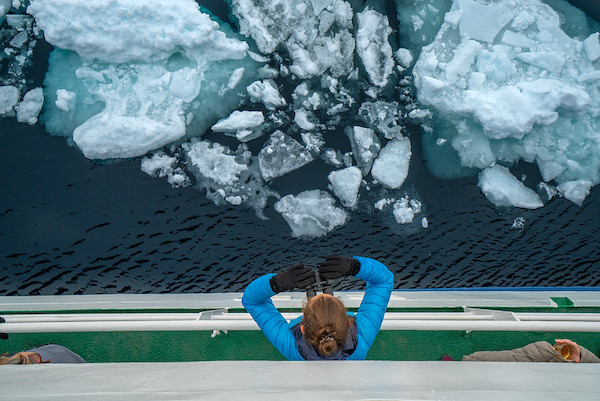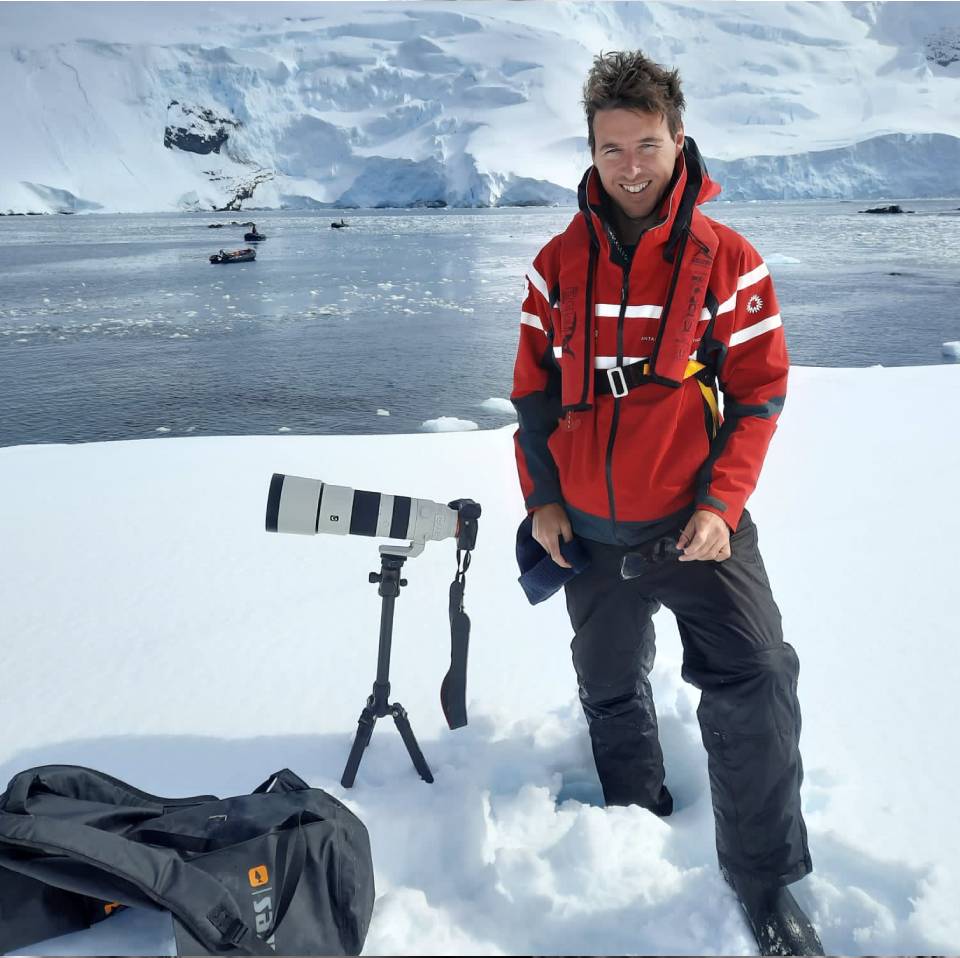When embarking on an Antarctic cruise, the first item you will see in my case is a good pair of binoculars. Antarctica is a wildlife watching bonanza and binoculars get you as close as possible to the action.
Home to whales, seals, and countless species of seabirds, Antarctica provides a once in a lifetime opportunity to see many unique species. To truly appreciate these sights, a good pair of binoculars is essential..
In this article, I will explore why binoculars are important for your Antarctica adventure, discuss the pros and cons of stabilized binoculars, and provide recommendations for the best models at various price points, from budget-friendly options to high-end options
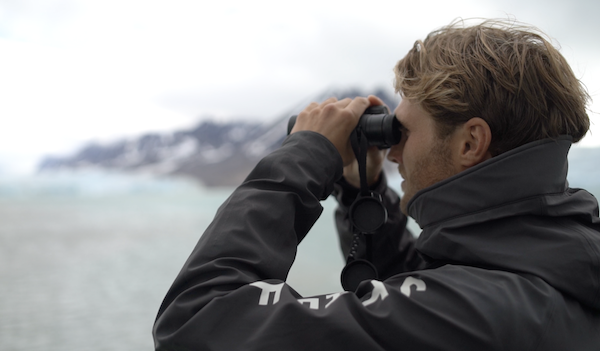
What to look for in a good pair of binoculars
Antarctica is a haven for wildlife enthusiasts, offering incredible opportunities to see some of the planet's most remarkable creatures in their natural habitats. A good pair of binoculars are going to make all the difference
- Durable: Binoculars are often expensive and you want to make sure that your pair are going to last. I have bought several cheap binoculars over the years and regretted it within about 2 months.
- Fog proof and waterproof: During your Antarctic adventure you will frequently be on zodiacs. I am sad to say that you will most likely not stay completely dry on each zodiac trip and having waterproof binoculars is very important. Some are sold as ‘water-resistant’ which is okay, but not as good as fully waterproof.
- Glove and glasses use: You will be wearing thick gloves in Antarctica, and quite often sunglasses. Make sure that you can turn the focus wheel wearing your big gloves. Also make sure that you can comfortably use the binoculars whilst wearing your glasses.
- Size and weight: Like many things, size and weight is important when choosing binoculars. This is really up to you and what magnification suits you.
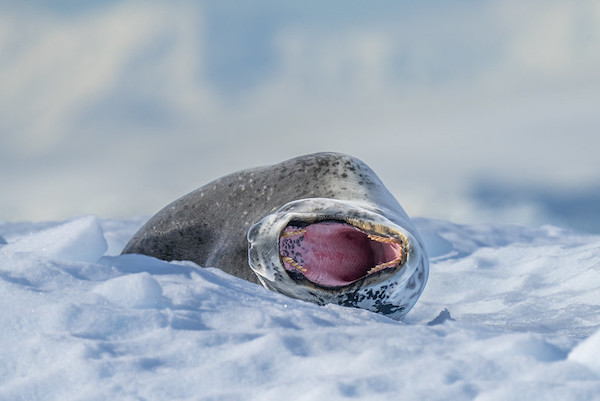
Stabilized binoculars: Do you need them?
Most birders I have come across do not use stabilized binoculars. However, one challenge of using binoculars on a moving ship is the constant motion, which can make it difficult to keep your focus steady.
This is where stabilized binoculars come in. These binoculars use gyroscopes or other technologies to compensate for movement, providing a stable image even in rough seas. Just push the button down and your shaky image will become dead still - they truly are amazing to use on moving ships!
Pros of Stabilized Binoculars:
- Enhanced Image Stability: Reduces the shaking effect caused by the ship’s movement, providing a clearer, steadier view of wildlife and landscapes.
- Reduced Eye Strain: A stable image means less strain on your eyes, allowing you to use the binoculars for longer periods without discomfort.
- Better for High Magnification: Stabilized binoculars allow you to use higher magnifications without the accompanying shake, giving you a more detailed view.
Cons of Stabilized Binoculars:
- Much heavier: Generally speaking, stabilized binoculars are more heavy than standard binoculars. Whilst this is not the end of the world, it can get tiring after using them for long periods of time.
- More expensive: The more tech in something, the more expensive it generally is. This is no different when it comes to stabilized binoculars.
- Not always needed: Whilst image stabilization helps on a moving ship, when you are on land there is not as much benefit and you just have to deal with the added weight.
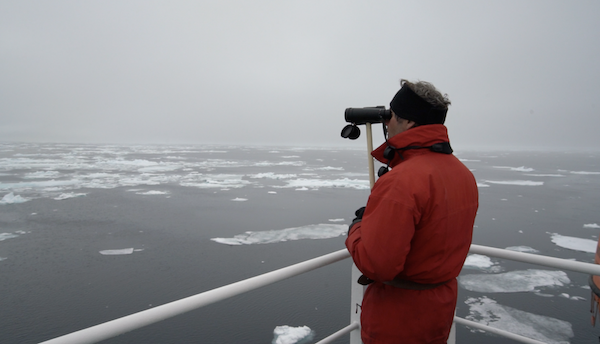
My recommended binoculars for your Antarctic cruise
Here are some of the best binoculars I’ve used over the years, categorized by budget:
Budget-Friendly Options
- Price: Around $150
- Features: These are an excellent entry-level pair of binoculars with a solid build and good optics. They offer an 8x magnification with a 42mm objective lens, providing bright and clear images. They are also waterproof and fog-proof, making them suitable for the harsh Antarctic environment.
- Price: Around $130
- Features: Nikon's Prostaff 3S binoculars are lightweight, durable, and offer a wide field of view, making them ideal for spotting fast-moving birds or distant whales. They are also waterproof and nitrogen-purged to prevent fogging.
- Price: Around $160
- Features: These are an excellent and highly awarded pair of binoculars with a solid build and waterproof. They offer an 8x magnification with a 42mm objective lens, with great image quality.
Mid-Range Options
- Price: Around $500
- Features: These binoculars offer high-definition optics with excellent clarity and color fidelity. The 10x magnification is powerful enough for detailed wildlife observation, and the durable, waterproof construction ensures they can handle the tough Antarctic conditions.
- Price: Around $550
- Features: These binoculars feature image stabilization, making them perfect for use on a moving ship. The 10x magnification and Canon's high-quality optics deliver sharp, clear images.
High-End Options
- Price: Around $2,500
- Features: The Zeiss Victory SF binoculars are among the best in the world, offering exceptional optics with brilliant color reproduction, sharpness, and low-light performance. I’ve tried these a couple of times on my last outing to Antarctica and loved them. I’m not sure they are quite as good as the Swarovski’s below though.
- Price: Around $1,300
- Features: These binoculars are renowned for their powerful 14x magnification and advanced image stabilization, which is crucial for observing distant objects from a moving vessel. The high magnification is paired with stabilized optics, ensuring a clear and steady image even in choppy seas.
- Price: Around $1,500
- Features: These binoculars are Canon’s best image stabilized binoculars. They are a joy to use on a moving ship and well worth the price if you can afford it.
- Price: Around $3,000
- Features: Possibly the best binoculars that I have ever tried. They utilise SWAROVISION Image Technology and boy does it work. A beautiful, bright, crisp image awaits those that can afford the high price tag.
Conclusion
I would never venture to Antarctica without a good pair of binoculars. Photographers will perhaps not bother if they are bringing their telephoto lenses, but anyone else should always bring a pair of binoculars. The wildlife of this region is what makes the trip so special and being able to see that up close with binoculars is a feeling of pure magic.

